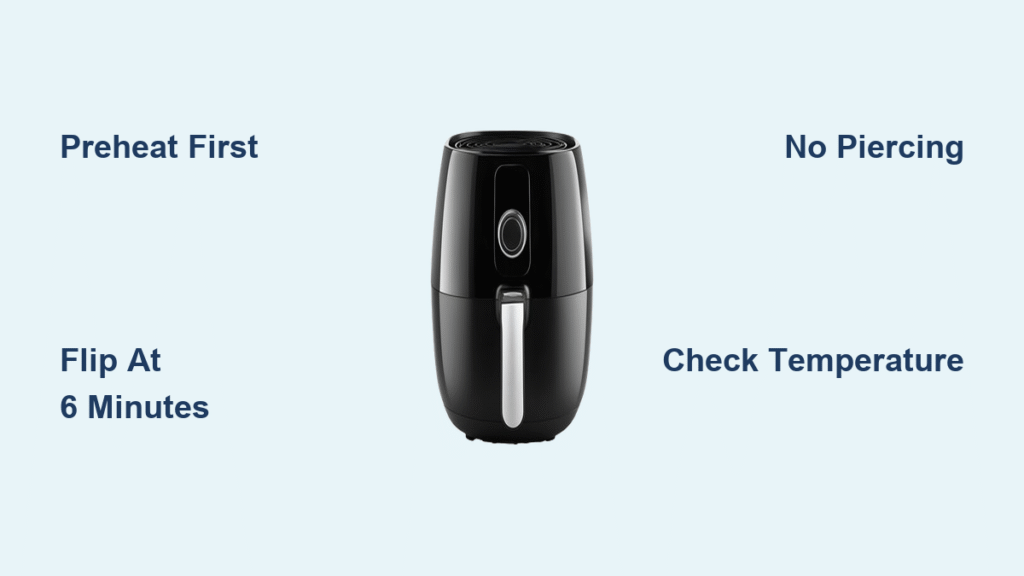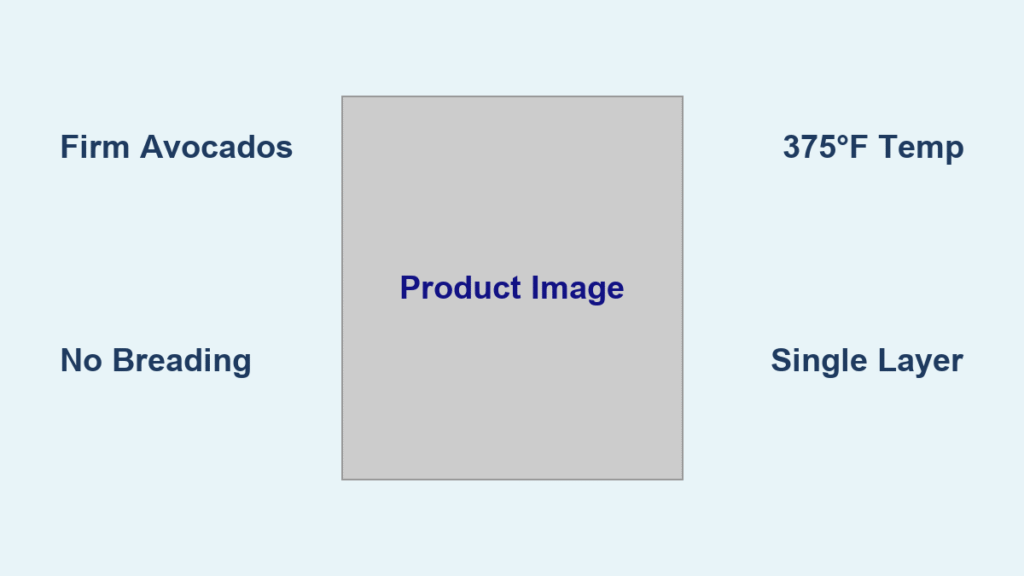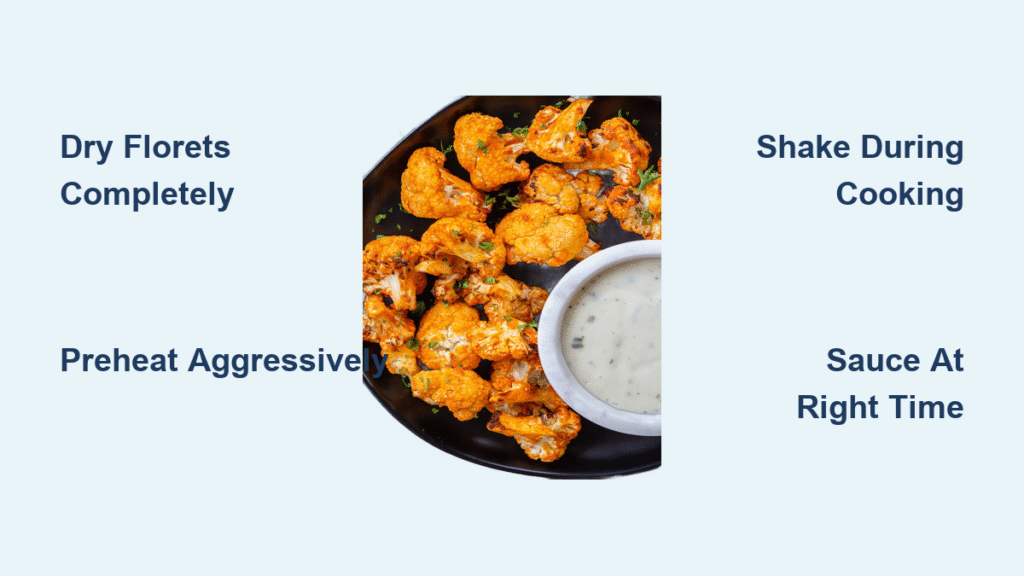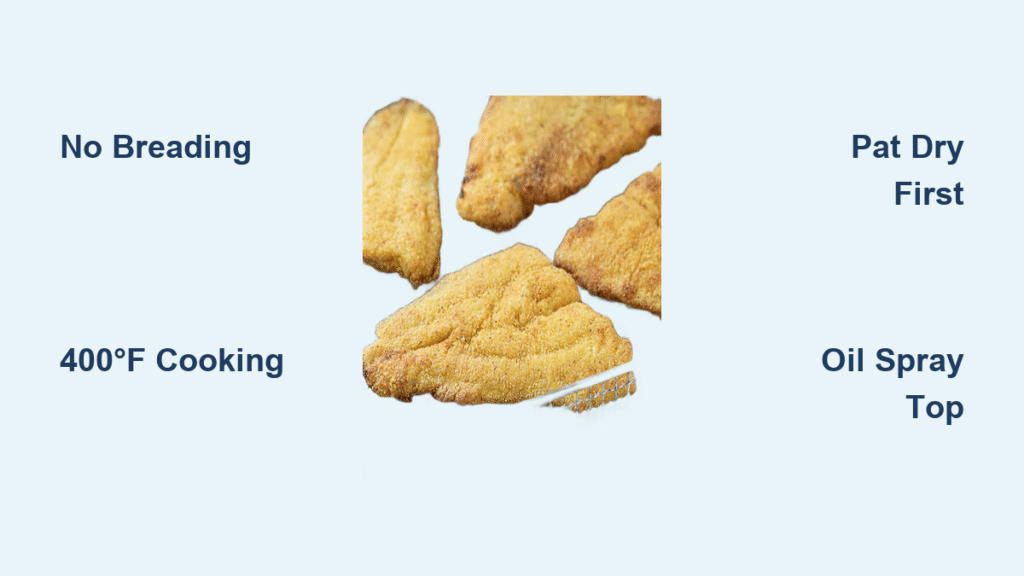That frustrating moment when your Italian sausage links burst open on the grill, leaking precious juices onto hot coals? Or when stovetop cooking leaves you scrubbing grease-splattered stovetops for longer than the sausages cook? How to cook Italian sausage links in air fryer solves both problems in under 15 minutes. Your air fryer’s rapid circulation renders fat evenly while crisping casings without piercing—a game-changer for busy weeknights. Forget soggy microwave attempts or uneven oven results; this method delivers restaurant-quality snap and juiciness with zero guesswork. You’ll master temperature precision, avoid common smoke alarms, and transform frozen links into dinner faster than delivery arrives.
The secret lies in leveraging your air fryer’s superheated vortex to mimic a professional rotisserie—searing exteriors while gently cooking interiors. Unlike boiling or simmering that dilutes flavor, dry heat concentrates the fennel, garlic, and paprika in every bite. And crucially, you’ll never wrestle with flare-ups or sticky pans again. Whether you’re prepping for pepper sandwiches, pasta sauces, or charcuterie boards, these techniques work for mild, hot, or turkey varieties across all air fryer brands. Let’s turn your countertop appliance into an Italian sausage powerhouse.
Optimal Air Fryer Temperature Settings
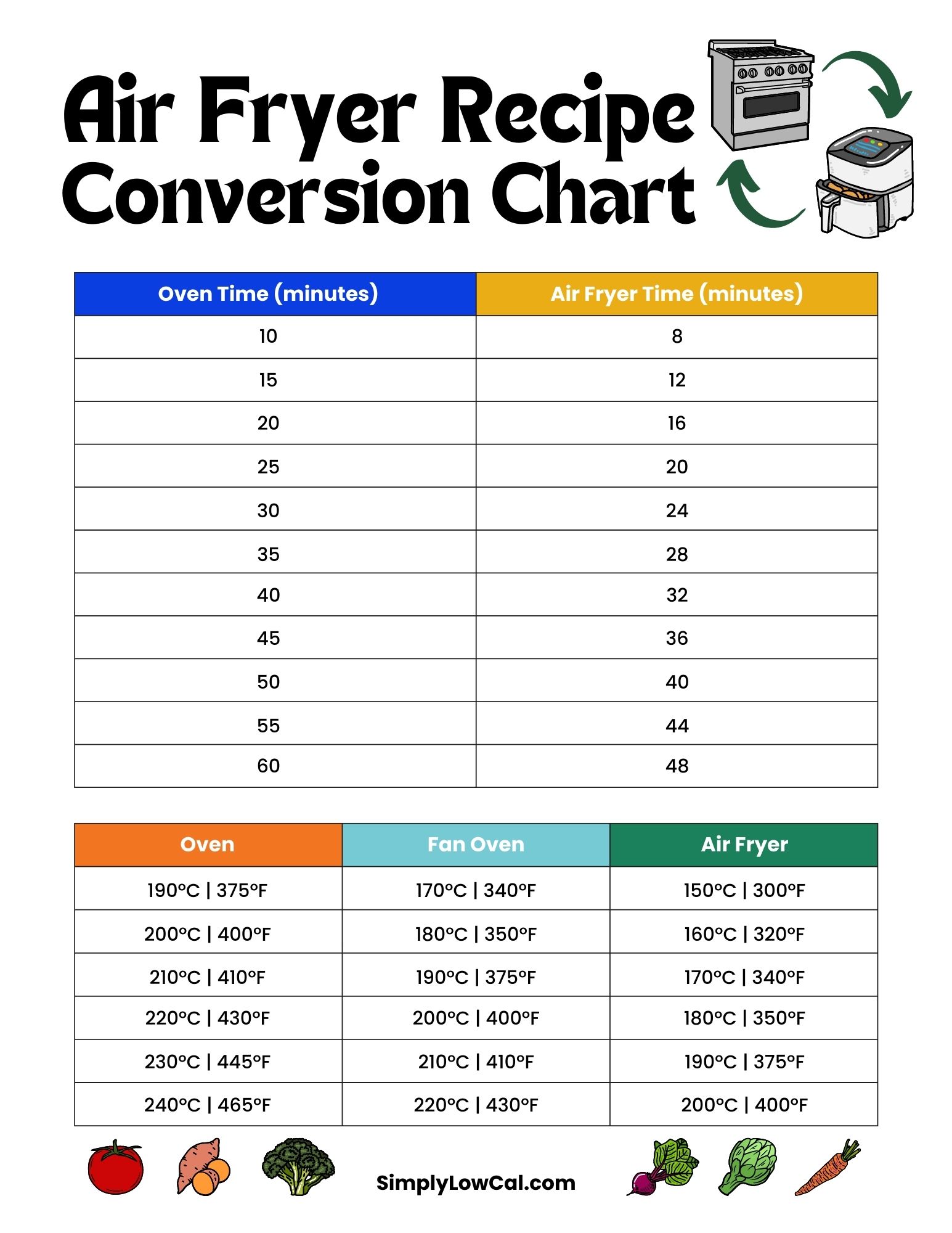
360°F for Maximum Juiciness
Set your dial to 360°F (182°C) when you prioritize plump, succulent interiors. This temperature slowly melts intramuscular fat without aggressively shrinking casings—a critical fix for dry sausage disasters. Fresh links need 10–13 minutes total at this setting, rendering enough grease to self-baste while preventing rubbery textures. It’s the safest choice for thicker links (over 1.5 inches) or delicate chicken varieties. Brands like Cosori and Ninja respond exceptionally well here, but verify with a thermometer: pork must hit 160°F internally, poultry 165°F. If your sausages consistently finish pale, add 2 minutes—but never skip the flip.
370°F for Balanced Speed and Texture
Boost to 370°F (188°C) when dinner can’t wait. This Goldilocks zone shaves 2 minutes off cook time while maintaining moisture—ideal for standard 1.25-inch pork links. Expect 12–14 minutes total, with a mandatory flip at the 6-minute mark. Watch closely during the final minutes; high-fat sausages may drip aggressively, triggering smoke if your drip tray is empty. Pro tip: Place a slice of sourdough bread under the basket rack—it soaks grease like a charm while adding subtle toasty notes. This setting also handles frozen links brilliantly (more on that later), but avoid it for thin or pre-cooked varieties that’ll over-char.
400°F for Ultimate Crispness (Use Sparingly)
Reserve 400°F (204°C) exclusively for pre-cooked or skinny sausages under 1 inch thick. The intense heat creates a snappy, blistered casing in 10–15 minutes, but demands vigilance: flip every 5 minutes to prevent bursting, and never crowd the basket. Fresh pork links risk drying out here—save this setting for when you want crackling skin for sausage-stuffed calzones. If smoke appears immediately, lower to 380°F and extend time by 3 minutes. Always preheat for 5 minutes at this temperature; cold baskets cause uneven browning that mimics undercooking.
Foolproof Step-by-Step Cooking Method
Preheat to Lock in Juices
Skipping preheating is the #1 cause of rubbery casings. Run your air fryer empty for 2–3 minutes at target temperature—this primes the basket to sear on contact. Without preheating, sausages sweat instead of sizzle, steaming themselves in released fat. For 400°F cooking, extend to 5 minutes; the thermal shock creates instant crust formation. You’ll hear a distinct sizzle within 30 seconds of loading links—your signal that juices are sealing in.
Basket Prep: Oil or Skip?
Lightly spray basket grates with avocado oil only if your model has stainless steel racks (like Instant Vortex). Non-stick baskets rarely need it—Italian sausages release ample fat. Never brush oil directly onto links; it attracts char particles that burn. If avoiding added fat, skip oil entirely but ensure sausages are fully thawed—frozen links stick more readily. For foolproof cleanup, use perforated parchment rated for 400°F+, but verify airflow isn’t blocked (holes must cover >70% of surface).
Single-Layer Arrangement Secrets
Space links 1 inch apart even in crowded baskets. Overlapping creates steam pockets that steam-cook instead of air-fry, yielding gray, soggy spots. A standard 5.8-quart basket holds 5–6 links max—any more, and cook time increases by 3+ minutes. If links must touch, rotate them 180° when flipping to expose all surfaces. For compact 3-quart models, cook 3–4 links vertically against the basket wall; horizontal placement blocks rear airflow vents.
Flip Timing by Temperature
Your flip timing makes or breaks texture:
– 360°F: Cook 5½ minutes → flip → 5½–7 minutes more
– 370°F: Cook 6 minutes → flip → 6–8 minutes more
– 400°F: Flip every 5 minutes until 10–15 minutes total
Use silicone tongs to avoid piercing casings. When flipping, check for grease pooling—if liquid fat covers >25% of the basket floor, tilt the unit slightly to drain excess into the drip tray. Always verify doneness by inserting a thermometer horizontally into the thickest link’s center. Under 160°F? Continue in 90-second bursts.
Cooking Frozen Italian Sausage Links

Zero-Thaw Method That Works
Skip thawing entirely—frozen links cook perfectly at 370°F for 16–18 minutes. Start with 8–10 minutes undisturbed (they’ll steam themselves loose from the basket), flip, then cook 8 more minutes. The key? Never separate stuck links mid-cook; frozen centers need that initial steaming phase. Check temperature at 16 minutes—most hit 160°F by 17. If your air fryer runs cool (common in ovens under 1500W), add 2 minutes but avoid 400°F; exteriors char before interiors thaw.
Avoid the Ice-Cold Trap
Placing frozen sausages in a cold air fryer adds 4+ minutes to cook time and risks uneven texture. Always preheat, and never add water to the drip tray with frozen links—it creates steam that prevents crisping. If smoke occurs, it means fat is hitting the heating element; reduce temp to 360°F after flipping and extend time by 3 minutes.
Prevent Bursting and Smoke Alarms
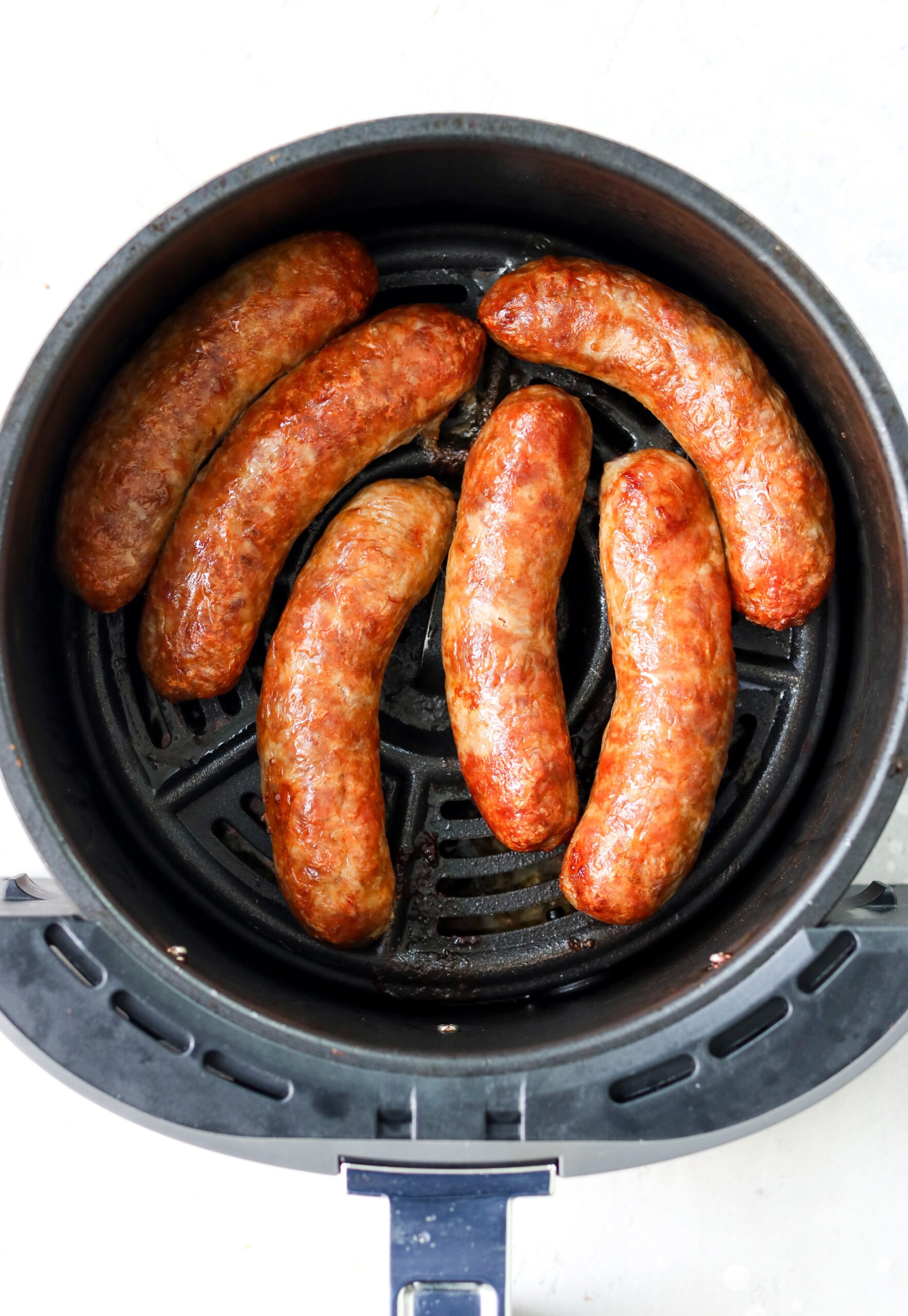
Why Piercing Ruins Sausages
Never pierce casings before cooking—that myth leaks flavor-packed juices and causes dry, crumbly meat. Bursting happens when internal steam pressure exceeds casing strength, usually from:
– Overcrowding (blocks steam escape)
– Temperatures above 380°F
– Rapid temperature spikes (like skipping preheat)
If bursts occur, prick once with a needle-thin skewer after the first flip—not before. Better yet, lower temp by 20°F and flip 30 seconds earlier next time. Natural casings (hog or sheep intestine) resist bursting better than collagen—check packaging when buying.
Smoke-Stopper Tactics
Grease smoke means fat hit the heating coil. Stop it with:
– 2 tablespoons water in the drip tray (evaporates before cooking ends)
– 1 slice of day-old bread under the basket (absorbs drips without burning)
– Wiping the basket with vinegar before loading (removes residue that ignites)
Never use foil liners—they reflect heat unevenly and may touch coils. If smoke persists after 2 minutes, pause cooking, drain excess fat, and resume at 350°F.
Serving Ideas That Elevate Leftovers
5-Minute Pepper-Onion Medley
Toss ½ cup sliced bell peppers and onions with 1 tsp oil. Add to the basket after flipping sausages. They’ll caramelize in rendered fat during the final 6 minutes—no extra cleanup. For sweetness, add 1 tsp balsamic glaze in the last 2 minutes.
Next-Day Breakfast Hash
Dice leftover sausages and air-fry at 370°F for 4 minutes with diced potatoes and spinach. Fold into scrambled eggs with a pinch of red pepper flakes. The re-crisped edges hold texture better than pan-fried versions.
Storage and Reheating Without Drying Out
Refrigerate cooled links in an airtight container for up to 4 days—separate layers with parchment to prevent sticking. For reheating:
– Chilled: 360°F for 4–5 minutes (rest 2 minutes before serving)
– Frozen: 370°F for 6–8 minutes (no thawing needed)
Never microwave; it turns casings leathery. Leftover sausage slices also freeze beautifully in marinara sauce for instant pasta nights.
Mastering how to cook Italian sausage links in air fryer transforms a mundane protein into a weeknight hero. With these precise temperatures and flip timings, you’ll consistently achieve that professional-grade snap without splatter cleanup. Remember: preheat religiously, never pierce casings, and always verify with a thermometer. When guests ask how you got such perfect char in minutes, just smile and say your air fryer’s the real chef. Now fire it up—you’ve got sandwiches to make.

